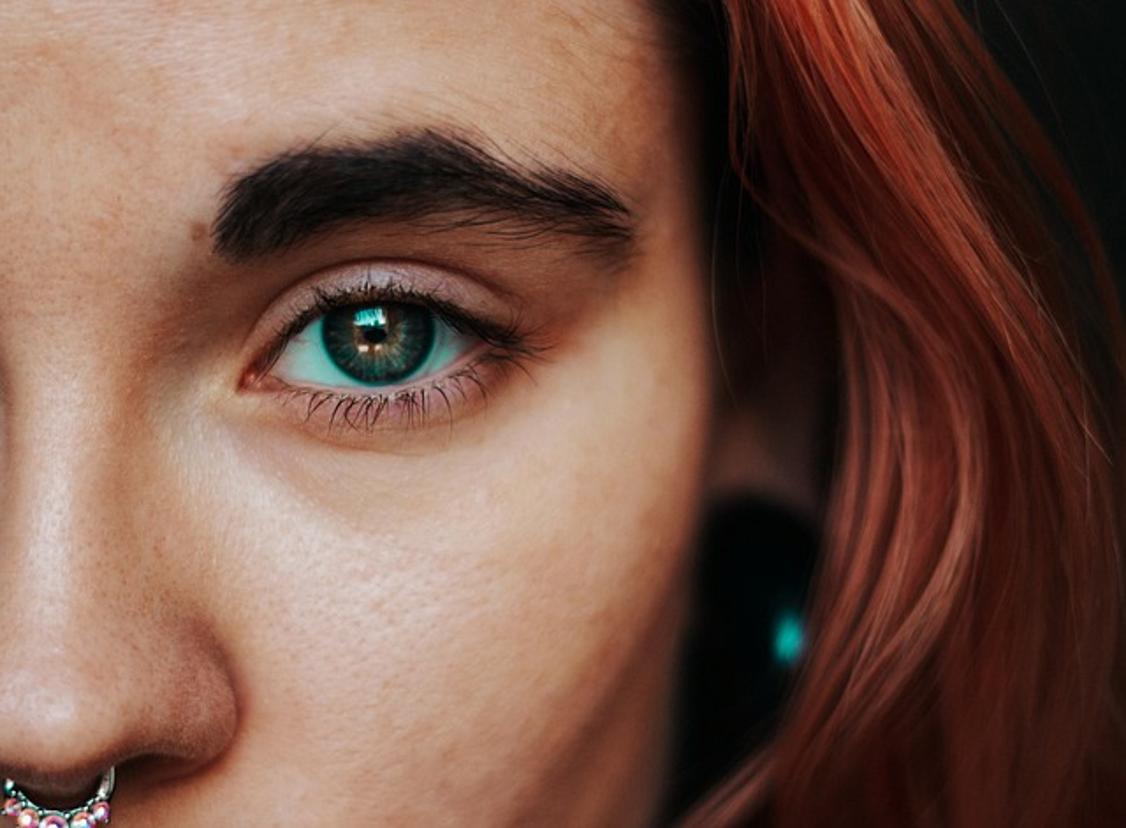Introduction
Selecting the perfect initial septum piercing jewelry is key to ensuring comfort and proper healing. With various options available, making an informed decision can be daunting. This guide will walk you through understanding septum piercings, exploring different jewelry types, and choosing the best materials. Additionally, we’ll provide sizing tips, aftercare advice, and common pitfalls to avoid. By the end of this guide, you’ll be equipped with all the knowledge needed to make the best choice for your initial septum piercing jewelry.

Understanding Septum Piercings
Septum piercings involve inserting jewelry through the thin membrane in the septum between the nostrils. Unlike nostril piercings, which puncture the nostril tissue, septum piercings pass through the ‘sweet spot’ of skin and cartilage. This makes it crucial to choose the right initial jewelry to promote smooth healing and reduce discomfort.
This piercing has cultural significance in various societies and has become popular in modern fashion. It’s essential for those new to this piercing style to familiarize themselves with the nuances of septum piercings. A properly executed septum piercing can enhance personal style and is relatively easy to maintain with the right jewelry and care.
Types of Initial Septum Piercing Jewelry
Choosing the right type of initial jewelry is crucial for a successful septum piercing experience. Here are three popular types:
Captive Bead Rings
Captive bead rings consist of a circular hoop holding a small bead in place. This design is often preferred for its simplicity and secure fit. The rounded shape allows for easy movement, which is beneficial during the initial healing phase. Many people find captive bead rings aesthetically appealing due to their minimalist look.
Circular Barbells
Circular barbells are shaped like an open ring with a bead on each end. This design allows for easy insertion and removal. Known for their versatility, circular barbells can be flipped up into the nostrils, making them less visible if needed. This feature is particularly useful in professional settings where piercings might need to be hidden.
Septum Clickers
Septum clickers feature a hinged clasp mechanism for easy opening and closing. They come in various intricate designs, adding a decorative element to your piercing. Septum clickers offer the convenience of being user-friendly and are available in a range of styles from minimalistic to ornate. They combine functionality with style, making them a popular choice for initial jewelry.

Choosing the Right Materials
Material selection is vital for preventing allergic reactions and ensuring a smooth healing process. Here are some recommended materials for initial septum piercing jewelry:
Surgical Stainless Steel
Surgical stainless steel is durable, affordable, and hypoallergenic, making it a popular choice for first-time piercings. It contains low levels of nickel, reducing the risk of allergic reactions. This material is also resistant to tarnish and corrosion, ensuring lasting quality and comfort.
Titanium
Titanium offers excellent biocompatibility, making it ideal for sensitive skin. It’s lighter than stainless steel and equally durable. Titanium’s hypoallergenic properties minimize the risk of infections and allergic reactions. Additionally, it can be anodized to offer a variety of colors, adding a personal touch to your jewelry selection.
Niobium
Niobium is another hypoallergenic option known for its flexibility and comfort. It’s slightly softer than titanium, making it a gentler material for initial piercings. Niobium can also be anodized for color, providing a customizable and safe alternative for your septum piercing needs.
Gold
Gold, preferably 14k or higher, is a luxurious choice for initial piercings. It’s biocompatible and less likely to cause irritation. However, it’s crucial to ensure the gold is nickel-free to prevent allergic reactions. While gold jewelry is more expensive, its elegance and hypoallergenic properties make it a worthwhile investment.
Sizing Guide: Finding the Perfect Fit
Finding the right size for your initial septum piercing jewelry ensures comfort and proper healing. Here are some guidelines:
-
Gauge Size: The standard gauge size for septum piercings is 16 or 18 gauge. Consult with your piercer to determine the best fit based on your anatomy.
-
Diameter: The diameter of the jewelry should match the width of your septum. A common diameter size ranges from 8mm to 10mm. Smaller diameters provide a snug fit, while larger ones offer more room for swelling.
-
Length: For circular barbells, the length between the two beads should be comfortable and not too tight. Ensure there’s enough space to accommodate any initial swelling without causing pressure or discomfort.

Aftercare Tips for Initial Jewelry
Proper aftercare is essential for a healthy septum piercing. Here are some tips:
- Cleaning: Use a saline solution to clean the piercing twice daily. Avoid using alcohol or peroxide, as they can irritate the tissue.
- Avoid Touching: Refrain from touching or twisting the jewelry, which can introduce bacteria and delay healing.
- Monitor Swelling: Expect some initial swelling. If the swelling persists or increases, consult a healthcare professional.
- Dietary Habits: Minimize consumption of alcohol, caffeine, and spicy foods, as they can exacerbate swelling and irritation during the healing phase.
- Avoid Submerging in Water: Avoid swimming in pools, hot tubs, or natural bodies of water, which can introduce harmful bacteria to your piercing.
Common Mistakes to Avoid
Avoid these common pitfalls to ensure a smooth healing process:
- Using low-quality jewelry: Poor materials can cause allergic reactions and infections.
- Neglecting aftercare: Consistent care is crucial for avoiding complications.
- Changing jewelry too soon: Wait until the piercing is fully healed before switching jewelry.
Conclusion
Choosing the right initial septum piercing jewelry involves understanding your options, selecting appropriate materials, and ensuring a proper fit. With thoughtful consideration and diligent aftercare, you can enjoy a stylish and trouble-free septum piercing.
Frequently Asked Questions
When can I change my septum jewelry after getting pierced?
You should wait at least 6-8 weeks before changing your septum jewelry. It’s best to consult with your piercer to ensure the piercing is fully healed.
What metal is best for initial septum piercings?
Hypoallergenic metals like surgical stainless steel, titanium, niobium, and 14k+ gold are recommended for initial septum piercings to reduce the risk of allergic reactions and ensure proper healing.
How do I know if my septum piercing is infected?
Signs of infection include severe pain, excessive redness, swelling, discharge of yellow or green pus, and a fever. If you experience these symptoms, seek medical advice promptly.
